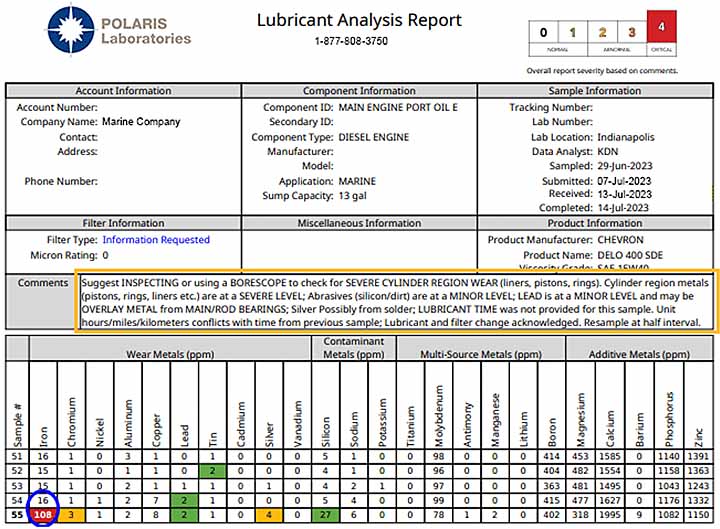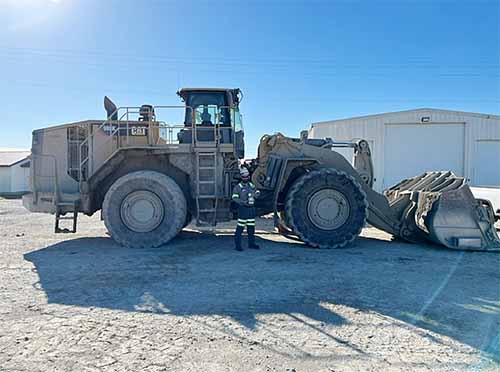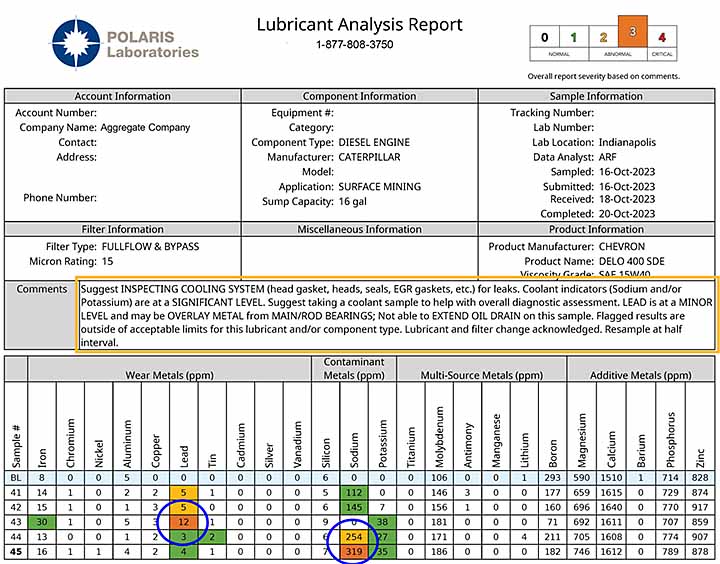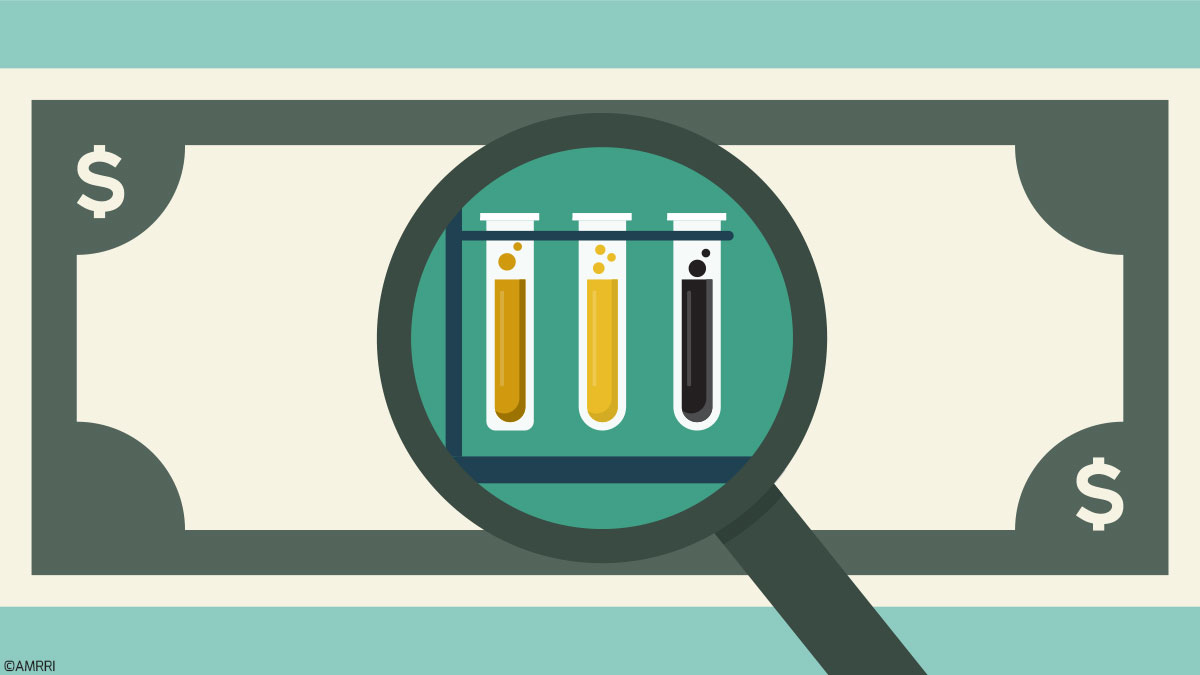Fluid analysis is a powerful tool in the preventive maintenance toolbox of many equipment and maintenance managers in industries ranging from construction to aggregates to mining to marine.
Efficiently managed programs provide considerable benefits that translate directly into maintenance cost savings for industries that rely on the operation of their equipment.
Performing routine testing and analysis on the fluids circulating through components within operational equipment gleans valuable insights into the health and condition of the fluid and equipment.
It identifies potential concerns before escalating to failure and optimizes downtime schedules – ultimately resulting in what may be substantial maintenance cost savings.
Acting on the maintenance recommendations included in a fluid analysis report can lead to less costly parts replacement instead of a complete rebuild and the ability to schedule equipment downtime.
When operating equipment, it’s inevitable to see some wear as the machine operates over time. One of the most valuable advantages of fluid analysis is detecting early signs of wear within equipment by analyzing wear particles within the oil.
With a powerful scientific microscope, analysts can pinpoint unusual shapes and colors and abnormal levels of wear particles, which can indicate the asset is suffering from problems such as bearing wear, which can lead to substantial further damage and costly repairs if not caught early.
Case Study 1. Sample Report Avoids $80,000 Engine Replacement
One of POLARIS Laboratories®’ customers in the marine industry was able to save the entire replacement of an engine by performing recommended actions on a high-severity lubricant analysis sample report.
After collecting an oil sample during a break in the oil change schedule, the company’s sample report returned at a high severity. Based on the test results and interpretation, the recommended maintenance action was to borescope the cylinders, which the team observed scoring on the cylinder liners.

Report showing high levels of iron with a recommendation to check cylinders.
The maintenance team proceeded to pull the head, piston, and liner of the cylinder that had the worst signs of scoring. While continuing to investigate the concern, it was observed that the bottom of the engine piston crown showed signs of deterioration.
After discovering this, a strategic maintenance decision was made to replace all six pistons, liners, and connecting rods.
As the company shares this story with POLARIS Laboratories®, it was noted that there were no other condition monitoring indications or alarms that showed there was an engine issue – the concern was only identified based on the test results and recommendations on the lubricant analysis sample report.
Without the sample report indicating abnormal wear and the suggestion to evaluate the cylinders, the problem would not have been identified. It would have led to a total engine loss and $80,000.
Case Study 2. Avoiding Downtime, Production Loss, and $260,000+ in Engine Loss
A POLARIS Laboratories® customer in the Aggregates industry has reported back to the laboratory millions of dollars in saved maintenance costs, replacements, and total engine rebuilds throughout their fluid analysis program.
As an aggregate company, equipment downtime in this industry can harm production, customer satisfaction, labor costs, and operations.

A coolant analysis report came back at a high freeze point, which, if not addressed, would have caused the engine block to freeze, resulting in a complete engine replacement of $135,000 (this does not include the downtime if the asset was out of production for repairs).
In another instance, the company avoided a complete axle rebuild that would have cost $50,000 by addressing a simple issue and replacing the oil after a lubricant analysis report came back with results indicating a leak in the axle, resulting in dirt contamination causing wear.
A recent equipment save through oil analysis for the company involved receiving a report back indicating high lead levels. The team proactively replaced the NRS coolers before the engine could experience failure – a failure that would have cost the company $75,000 to repair, plus the additional downtime loss.

Report showing high levels of sodium with a recommendation to check the cooling system for leaks.
To sum it up, fluid analysis is a proactive, preventive, predictive, and cost-effective condition monitoring tool that is proven to minimize unexpected and un-budgeted maintenance costs by detecting signs of early wear and contamination.
Through interpreting test results and maintenance recommendations provided by the data analysts, maintenance and equipment managers can take action before failure has a chance.
In addition, embracing fluid analysis as part of a comprehensive preventive maintenance program with direct integration into your maintenance management software is an investment that has the potential to pay off in both the short-term and long-term.
Do you have the right tools in your toolbox today to impact your bottom line? Fluid analysis is the perfect tool!









